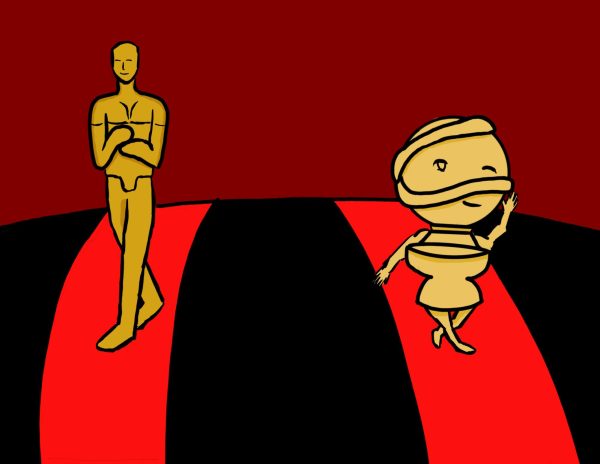Primetime TV fails to win over younger audiences
After a long, grueling day of school, what is the one thing kids want to do? For several decades, it was turning on the T.V. But in the recent decade, television has been declining steadily and a new form of entertainment has arisen. That media empire is the website YouTube. But why has the once dominant force of television been recently failing with younger audiences?
When looking at the history of prime time television, teenagers most likely turned on the T.V. to watch their favorite teen drama show. But recently, teens have not been tuning in to nearly as many shows. A large reason for the shortage of viewers of currently running shows is the increasing large streaming site of Netflix. With Netflix, teens can watch hours of their favorite show back to back. They never have to wait for their show to come on the air and can choose from many options. Plus, without commercials, teens can watch their shows straight through.
But even without the shadow of Netflix looming over the shoulder of prime time television, T.V. has another large problem. Their shows are not interesting. There are almost no shows on the air right now that are grabbing much teenage attention. Just 10 years ago, in 2009, there were very popular weekly aired shows like Gossip Girl, The Vampire Diaries, and Glee, which are now all on Netflix. Sure, there are shows currently aired that have audiences like Riverdale, but these shows are in decline. They can also be cut down and made into clips and compilations that would make viewers not watch the show in full on the air anymore. These clips would most likely be posted onto television’s new competitor, YouTube.
YouTube started in 2005 and has blown up over the past couple years. The site has 300 hours of videos every minute and 5 billion views a day. YouTube’s statistics blow television’s statistics out of the water.
There are lots of reasons why YouTube is destroying the television industry. For one thing, YouTube is available to everyone in any country that has access to the internet, unlike television which is limited. Also, YouTube access is much less expensive than T.V. service. There is also only 5 second commercials before videos instead of the the 4 minute commercials for T.V. shows.
Social media influencers are the reason behind Youtube’s success. These creators put out hundreds of videos a day to millions of people. These content creators have become a new form of celebrity in the eyes of teenagers, not because they’re characters on television shows, but because they are themselves, not actors. They don’t have to put on a performance; they can just be themselves and show their talents and abilities. They can talk about their thoughts, opinions, lives, and struggles, which is why YouTube has skyrocketed. The content on the site is made by real people: people not born into social status, people who don’t have scripts in their hands, people who don’t look and act perfect all the time, and people who make their videos on their own to entertain and connect with people.
Teenagers want someone to relate to, and YouTube gives teens something T.V. can’t: real people connecting with real people.
Your donation will support the student journalists of Saint Viator High School. Your contribution will allow us to purchase equipment and cover our annual website hosting costs.







